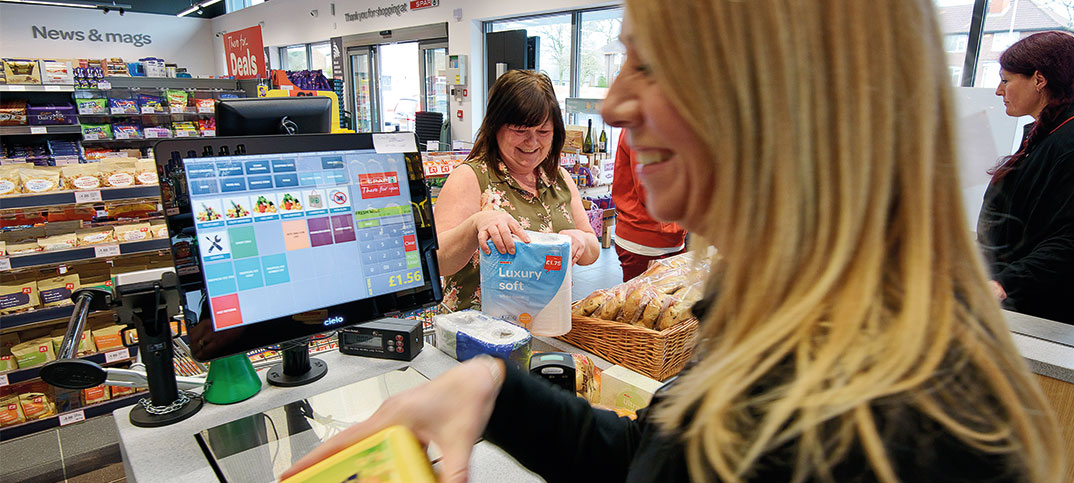There is one thing in common among the largest advertisers in the world: they’re all losing market share, Scott Galloway, marketing professor at New York University’s Stern business school told the FT.
What he recommends is that these companies should take large chunks of their marketing spend and put it into “innovation”, including developing different distribution channels.
“P&G’s biggest problem isn’t their brand equity. It’s finding the distribution that supports their current brand equity. If they don’t find places other than Kroger [a US grocery chain] and Amazon to sell Tide [number one US detergent], it doesn’t matter how good their ads are.”
The FT was covering the consumer goods market following a profits warning from Sir Martin Sorrell of WPP, who forecast that its future sales of advertising were being threatened by cost-cutting at the companies that make the world’s biggest brands.
And this is where it affects independent retailers – because advertising includes in-store PoS and promotions through wholesale
His warning followed a move by P&G to slice $100m from its digital marketing costs in the second quarter of this year.
Jon Moeller, its chief financial officer, told investors that this told him “the spending we cut was largely ineffective.” Now it is aiming to trim more than $2bn from its $7.1bn ad budget over the next two years.
And this is where it affects independent retailers – because advertising includes in-store PoS and promotions through wholesale.
At a time when the whole supply chain is creaking under financial pressure caused by the discount channel’s low prices and the rising costs of complying with regulation and wage controls, the loss of this investment will be challenging.
But so too is the idea that big brands can afford to bypass the tried and tested channels they have used for the last 50 years to reach consumers. The implication for local shops is big: how will you attract customers?
Footfall is the oxygen on which local shops live. Having lots of people passing by is important. But so too is the ability to attract these people to stop and use your store.
In my village, my local news deliverer has sold his shop and is now a roundsman. The new owners of his shop have made immediate improvements and tightened up the displays and freshened up the outside. However, the trading history has been affected by the closure of the only bank in the village and the loss of its cash machine following a bulldozer ram raid. This cut sales by almost half.
The retail centre of the village is a quarter of a mile away, where the Co-op has installed a cash machine and has ample parking. The mini mart is on a busy road with very limited parking. Its previous owner dreaded the thought that the council would paint double-yellow lines outside the store.
In place of the bank there will be 10 flats. But, is that enough to sustain a shop? What can it sell that’s not covered by the Co-op, which is open from 7am to 10pm every day. One Stop next to it has similar hours and the draw of a post office.
The answer has to lie outside of the traditional supply chain model. The new owners need to find a way to connect to the village. Social media could be an answer. Delivered alcohol? A local currency?
However, they’re yet to even invest in a leaflet campaign along with the newspapers now delivered from the shed at the back of their shop. The pain at the top is being felt at the bottom too! That makes reading what other retailers are doing even more valuable. Hopefully you’ve already read the back page in this week’s issue.



Comments
This article doesn't have any comments yet, be the first!